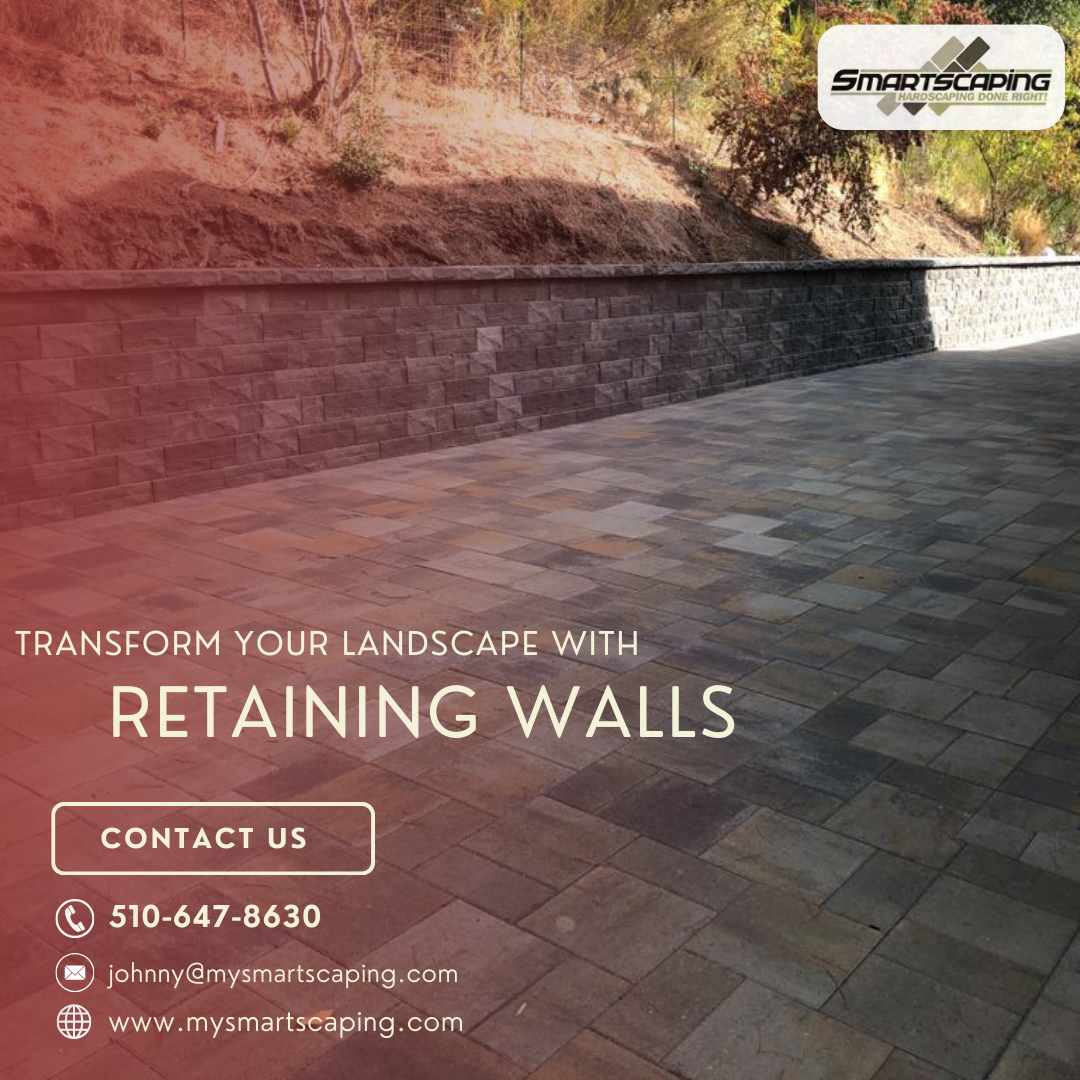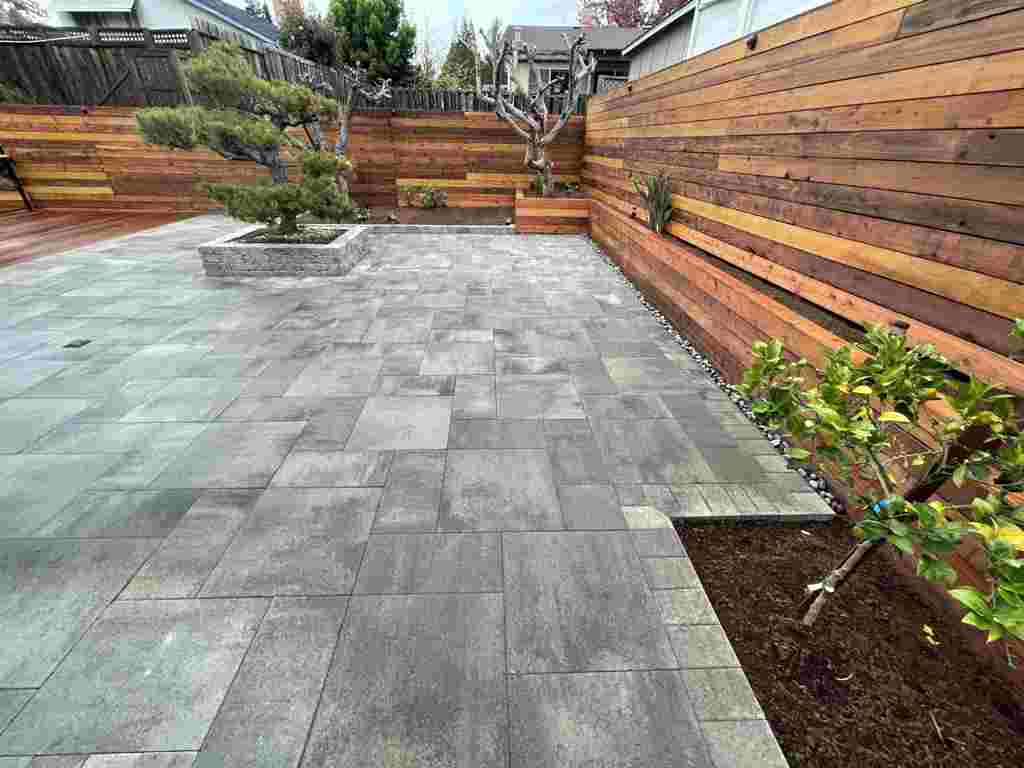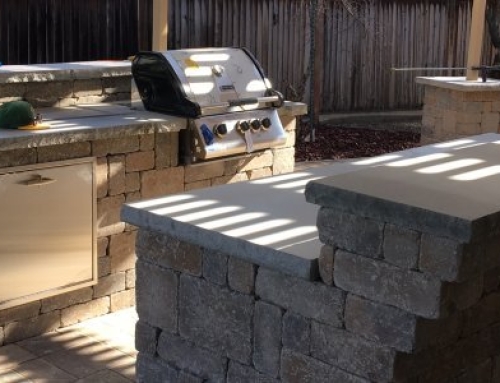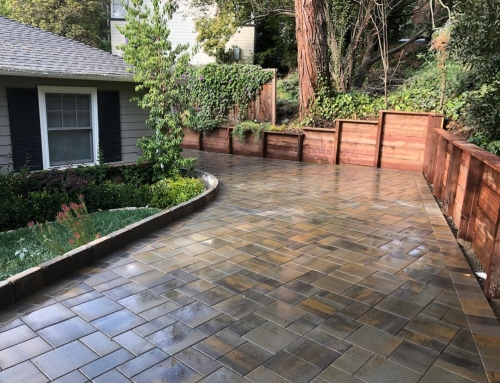Retaining walls are essential elements in landscape design and construction. Whether you’re dealing with a sloped yard, looking to prevent soil erosion, or wanting to create a stunning garden terrace, a well-built retaining wall can make a significant difference. But, like any construction project, it’s crucial to understand the ins and outs before diving in. In this comprehensive guide, we’ll cover everything from the benefits and drawbacks of retaining walls to the types of retaining walls available and the ideal height for your project.

Is a Retaining Wall Good or Bad?
When considering a retaining wall, the first question many people ask is whether it’s a good investment. The answer depends on several factors, including the specific needs of your property and your long-term landscape goals. Let’s break it down.
The Pros of Retaining Walls
- Erosion Control: One of the primary benefits of a retaining wall is its ability to control soil erosion. If you have a sloped yard, a retaining wall can help prevent soil from washing away during heavy rains.
- Aesthetic Appeal: Retaining walls can transform an ordinary yard into a stunning landscape. They create defined spaces, add structure, and can be designed with various materials to complement your home’s aesthetic.
- Increased Usable Space: By leveling out a sloped area, retaining walls can create additional usable space for gardens, patios, and walkways. This can be particularly beneficial in smaller yards where every square foot counts.
- Structural Support: Retaining walls provide essential structural support for large masses of soil. This is crucial in preventing landslides and protecting the foundation of your home, especially in hilly or unstable areas.
The Cons of Retaining Walls
- Cost: Building a retaining wall can be a significant investment. Costs can vary depending on the materials used, the height and length of the wall, and labor costs. However, it’s essential to consider it as a long-term investment in your property’s value and stability.
- Maintenance: While retaining walls are generally low-maintenance, they are not maintenance-free. Over time, you may need to address issues like drainage, potential cracking, or settling.
- Permits and Regulations: Depending on your location and the height of the wall, you may need permits and have to comply with local building codes. This can add complexity to your project.
What Type of Retaining Wall is Best?
The best type of retaining wall for your project depends on your specific needs, the terrain, and your aesthetic preferences. Here are the most common types of retaining walls, each with its unique advantages.
Gravity Retaining Walls
Overview: Gravity walls rely on their mass to hold back the soil. They are typically made from heavy materials like concrete, stone, or brick.
Advantages:
- Durability: These walls are incredibly sturdy and can last for decades with minimal maintenance.
- Versatility: Gravity walls can be built in a variety of shapes and sizes, making them suitable for different landscape designs.
Disadvantages:
- Space Requirements: Due to their thickness, gravity walls can take up more space than other types of walls.
- Cost: The materials and labor involved can be more expensive compared to other options.
Cantilever Retaining Walls
Overview: Cantilever walls use a reinforced concrete base that extends back into the soil, with a vertical slab holding the soil in place.
Advantages:
- Efficiency: These walls require less material than gravity walls, which can reduce costs.
- Strength: Cantilever walls are designed to hold back significant amounts of soil, making them ideal for taller walls.
Disadvantages:
- Complexity: The design and construction are more complex, requiring skilled contractors to ensure stability and safety.
- Initial Cost: While material costs may be lower, the need for specialized labor can increase the overall cost.
Sheet Pile Retaining Walls
Overview: Sheet pile walls are made from steel, vinyl, or wood planks driven into the ground.
Advantages:
- Space-Saving: These walls are thin, making them ideal for tight spaces.
- Speed: Installation can be quicker than other types of walls.
Disadvantages:
- Limited Height: Sheet pile walls are generally better for shorter walls, as they may not provide sufficient support for taller structures.
- Aesthetics: The appearance of sheet pile walls may not be as appealing as other types, depending on the material used.
Anchored Retaining Walls
Overview: Anchored walls use cables or rods driven deep into the soil and anchored to a solid surface.
Advantages:
- Strength: These walls can support significant loads, making them suitable for high walls or walls holding back large amounts of soil.
- Flexibility: Anchors can be used with various wall types to provide additional support.
Disadvantages:
- Cost: The complexity and materials involved can increase costs.
- Maintenance: Anchors may require periodic inspection and maintenance to ensure they remain effective.
Choosing the Best Type for Your Project
When deciding on the best type of retaining wall, consider the following factors:
- Soil Type: The soil’s composition and stability can influence the type of wall that’s best suited for your property.
- Wall Height: Taller walls require stronger support, which may limit your options.
- Budget: Costs can vary widely, so it’s essential to choose a wall that fits within your budget while meeting your needs.
- Aesthetics: The appearance of the wall should complement your overall landscape design.
What is the Best Height for a Retaining Wall?
The height of your retaining wall is a crucial factor in its design and effectiveness. Here are some key considerations for determining the best height for your project.
Building Codes and Regulations
Before starting your project, check with your local building department to understand the regulations and permit requirements for retaining walls in your area. Many jurisdictions have specific rules regarding wall height, especially for walls over a certain height, typically around four feet.
Soil and Slope Considerations
The height of your retaining wall will largely depend on the slope of your yard and the amount of soil you need to retain. For steep slopes or areas with significant erosion, a taller wall may be necessary. However, taller walls require more robust construction and support.
Structural Integrity
For walls over four feet, additional engineering considerations come into play. Taller walls need to be designed to handle the increased pressure from the retained soil. This often involves using materials like reinforced concrete, incorporating drainage systems, and possibly installing anchors or other support mechanisms.
Aesthetic and Functional Goals
Consider what you want to achieve with your retaining wall. If you’re looking to create a garden terrace or add usable space to your yard, the height of the wall will be a critical factor. For purely decorative purposes, a shorter wall may suffice.
Step-Up Design
For projects requiring significant height, consider using a step-up design with multiple shorter walls rather than a single tall wall. This approach can provide better stability, easier construction, and a more visually appealing result.
Working with Retaining Wall Contractors
Now that you have a better understanding of the types of retaining walls and the factors influencing their height, it’s time to talk about choosing the right contractor for your project. A skilled contractor can make all the difference in ensuring your retaining wall is built to last and meets your specific needs.
Research and Referrals
Start by researching local retaining wall contractors. Look for companies with positive reviews and a portfolio of completed projects. Ask friends, family, or neighbors for referrals, especially if they’ve had similar work done.
Check Credentials
Ensure the contractor is licensed, insured, and bonded. This protects you in case of accidents or issues during construction. Verify their credentials with local licensing authorities if necessary.
Ask for References
A reputable contractor should be willing to provide references from previous clients. Contact these references to ask about their experience, the quality of work, and whether the project was completed on time and within budget.
Get Multiple Quotes
Request detailed quotes from at least three contractors. Compare the scope of work, materials, and costs. Be wary of quotes that are significantly lower than others, as this could indicate subpar materials or workmanship.
Discuss Design and Materials
Work closely with your contractor to choose the right design and materials for your retaining wall. Ensure they understand your aesthetic preferences and functional needs. Ask for their input on the best solutions for your specific property.
Understand the Timeline
Discuss the project timeline and any potential delays. Make sure you have a clear understanding of when the work will start, how long it will take, and any factors that could affect the schedule.
Review the Contract
Before signing a contract, review all terms carefully. Ensure it includes details on materials, labor, costs, timelines, and any warranties or guarantees. Don’t hesitate to ask for clarification on any points you’re unsure about.
Conclusion
Investing in a retaining wall is a significant decision that can enhance the functionality and beauty of your property. By understanding the benefits and potential drawbacks, choosing the right type of wall, and determining the best height, you can ensure your project is successful. Partnering with a skilled and reputable retaining wall contractor is essential to bring your vision to life and create a durable, attractive addition to your landscape.
At Smartscaping, we’re dedicated to providing top-notch retaining wall solutions tailored to your unique needs. Our team of experienced professionals is here to guide you through every step of the process, from design to installation. Contact us today to learn more about how we can help you achieve the perfect retaining wall for your property.




